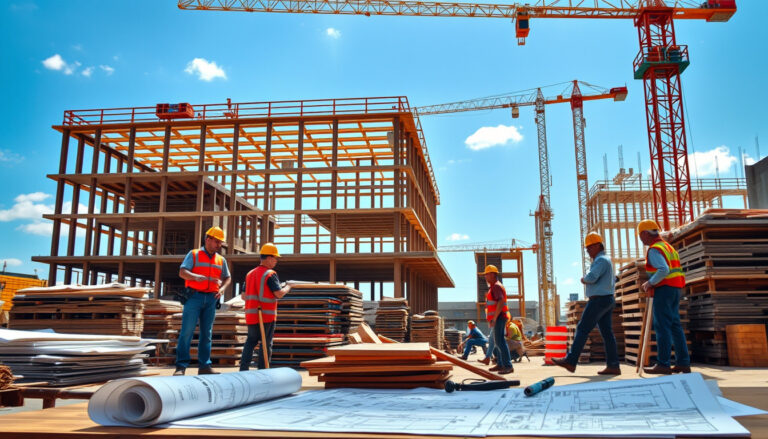When it comes to athletic training and performance, the location of sports facilities plays a crucial role in the success of athletes.
The concept of sports facilities proximity highlights how the geographical closeness of training centers, gyms, and venues can significantly influence an athlete’s access to resources, coaching, and the overall environment conducive to peak performance.
This article delves into the importance of sports facilities proximity, exploring how location impacts training efficiency, accessibility, and ultimately, athletic success.
From analyzing case studies of accomplished athletes who benefited from their proximity to state-of-the-art facilities to discussing strategies that can be employed to capitalize on location advantages, we will uncover why choosing the right spot to train could be the key to unlocking one’s full athletic potential.


Analyzing the Cost-Benefit Ratio of Facilities Location
When evaluating the cost-benefit ratio of sports facilities proximity, several key factors must be examined to understand the implications for both developers and communities.
The location of sports facilities plays a crucial role in their accessibility, impacting not only the number of potential users but also community engagement and support.
Having sports facilities near residential areas can enhance the lifestyle of local residents, promote physical activity, and foster a sense of community, ultimately leading to increased property values and local business activity.
Furthermore, the cost implications associated with transportation for users should be factored into the analysis; facilities located within a convenient distance can minimize travel times and costs for families and individuals.
Conversely, while developing near prime locations might incur higher initial costs, the long-term benefits, such as increased participation rates and community satisfaction, can offset these expenses, making a compelling case for the careful selection of sports facilities proximity.
Strategies for Maximizing Athletic Success through Location Choices
When it comes to maximizing athletic success, strategic location choices can be pivotal, particularly in relation to the proximity of sports facilities.
Being near high-quality sports facilities not only provides athletes with convenient access to training resources but also facilitates collaboration with coaches and peers.
Proximity to these facilities allows for more frequent practice sessions, leading to improved skills and performance.
For instance, athletes training for specific sports can benefit from specialized amenities like swimming pools, tracks, or weightlifting centers, which contribute directly to their performance.
Additionally, living near these facilities can save valuable time, allowing athletes to focus on their training and recovery routines.
Choosing a location with ample sports facilities can also create a supportive community, where like-minded individuals share training tips and foster motivation, ultimately elevating everyone’s athletic prowess.
Frequently Asked Questions
What is meant by ‘sports facilities proximity‘?
Sports facilities proximity refers to the closeness or geographical location of athletic facilities, including gyms, training centers, and sports complexes, in relation to athletes and their training programs.
How does the proximity of sports facilities impact athletic performance?
Proximity to sports facilities can enhance athletic performance by providing easy access to training resources, coaching, specialized equipment, and the opportunity for regular practice and competition.
Can you provide examples of athletes who benefited from being near top sports facilities?
Yes, several successful athletes have reported improvements in their performance after training near renowned facilities, such as Olympic training centers or advanced sports complexes, due to better access to coaching and resources.
What are the financial implications of choosing a training location near quality sports facilities?
While training near high-quality sports facilities may involve higher costs, the benefits such as improved performance, access to better coaching, and potential sponsorships often outweigh these expenses, presenting a favorable cost-benefit ratio.
What strategies can athletes use to maximize their success based on facility location?
Athletes can maximize their success through location choices by selecting areas with multiple training options, engaging with local sports communities, and utilizing proximity to various facilities for cross-training and skill development.





